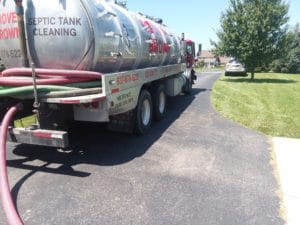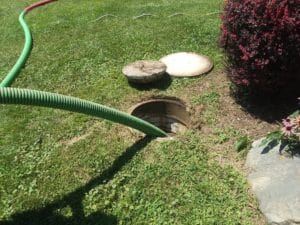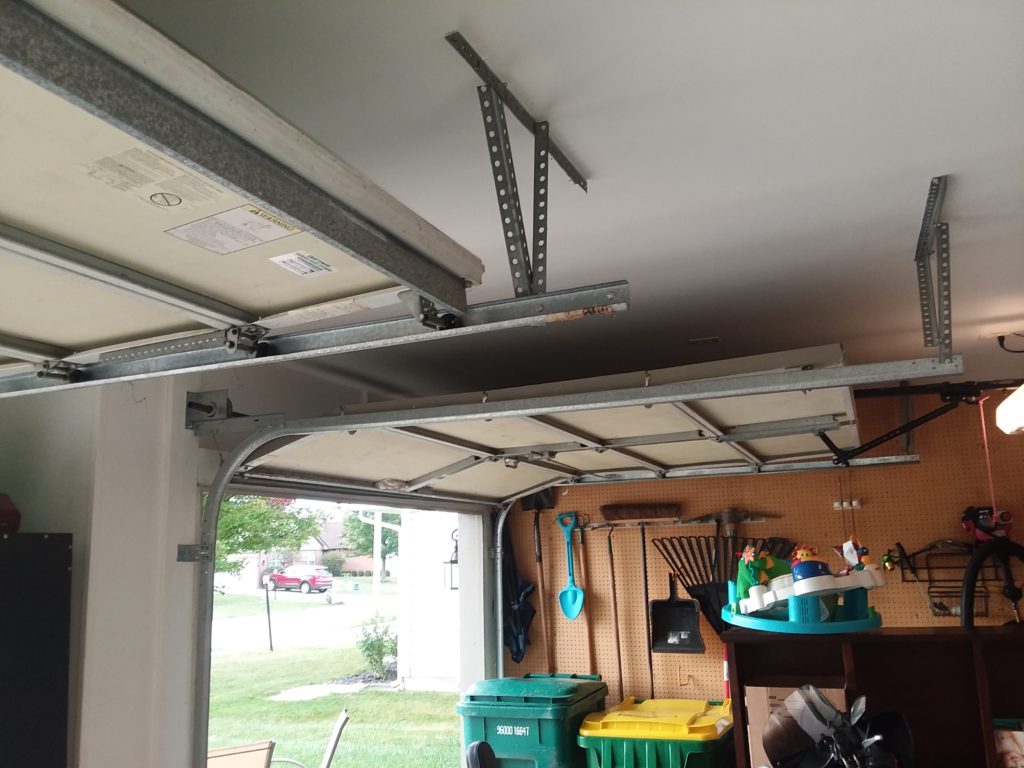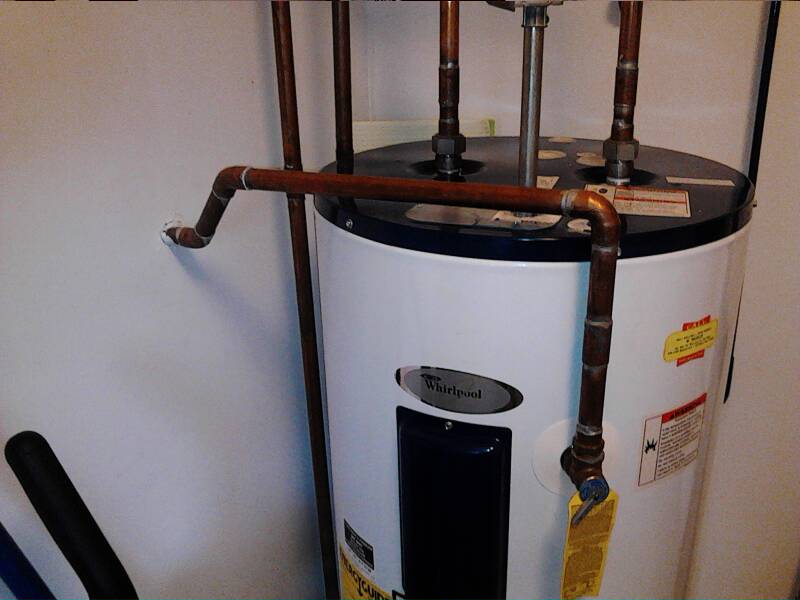In a system that is properly maintained, the bacteria necessary for its proper operation can live happily almost indefinitely, going about their daily chore of breaking down solids. If the septic system is abused it will shut down. Sludge will form, build up and get pushed into the leach field causing it to fail. Should the leach field fail, it may be un-repairable.
Maintenance
No regular maintenance should be necessary in a normally functioning system where good septic etiquette is practiced. The septic tank should be pumped out and inspected every four years.
Pumping
The septic tank can be pumped but the leach field cannot. Have the tank inspected every three to five years, and more often if a lot of water or a garbage disposal is used. Check the sludge level. The tank needs pumping when the sludge reaches 1/3 of the tanks depth. After pumping, add a pound of yeast to kick-start the bacteria.
Dual System
Some homes have a dual leach field system with a switchover valve located in a distribution box in the yard. This allows the homeowner to alternate between two separate leach fields. This should be done every six to nine months.
Trees and Shrubs
Planting trees or shrubs in the area occupied by the leach field is strongly discouraged. Trees should be kept as far away as possible. Roots from trees will block and possibly destroy the pipes in the leach field.
Trucks and Machinery
Refrain from driving over any portion of the leach field. heavy weights could cause the pipes to collapse.
Normal use of a lawn mower or tractor should not affect the integrity of the leach field.
Problem Signs
Foul odors in the home or yard. Slow or backed up drains may be related to a septic problem. Wet spongy ground, a section of lawn growing darker and faster than the rest of the lawn, or lush plant growth may be indicative of a potential problem. If the home is using well water, repeated intestinal illnesses may indicate a serious failure of the septic system and/or contamination of the water source.
Mark Your Tank’s Location
It is important know the location of your septic tank. This information will be necessary when the tank needs to be inspected or pumped. Avoid driving over the tank or the leach field with cars or trucks (lawn tractors are OK).
If the septic system’s location is unknown, it may be possible to obtain records of its location from your local health department. If they do not have records, a septic contractor will be able to locate it for you.
Additives
The use of additives to the septic system is discouraged, if the system needs additives it is a sign of misuse and the users habits should be changed. Additives can also cause a flurry of activity in the tank that stirs up sludge that is better left in place at the bottom of the tank.
NOTE: See the section on well water.










